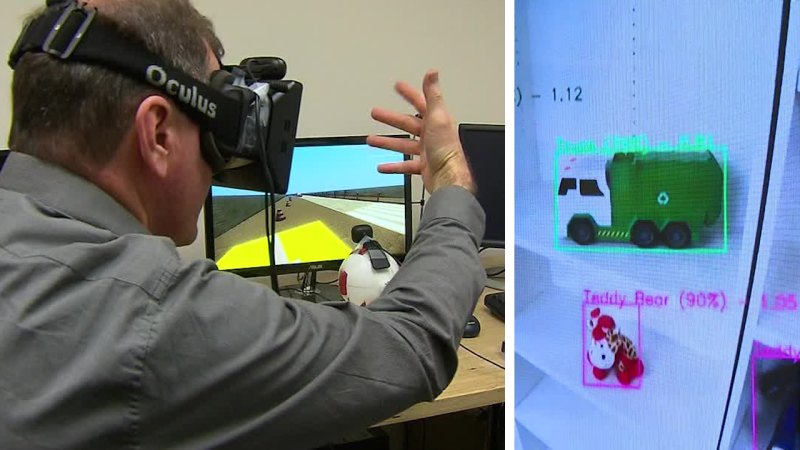by Sandra Erwin —

NROL-87 was SpaceX’s 143rd launch overall and the fifth of 2022
WASHINGTON — A SpaceX Falcon 9 launched a U.S. government spy satellite into orbit Feb. 2 from Vandenberg Space Force Base, California.
The payload, designated NROL-87, was the National Reconnaissance Office’s first space mission of the year and the first orbital launch of 2022 from the Western Range.
The Falcon 9 lifted off from Space Launch Complex 4 East at 3:28 p.m. Eastern., heading south over the Pacific Ocean. After separation from the upper stage, the rocket’s first stage landed back at Landing Zone 4 about eight minutes after liftoff. This was the 105th booster successfully recovered by SpaceX.
At the request of the NRO, SpaceX did not show any images of the rocket’s upper stage on its way to a polar orbit and ended the webcast after the first stage landed. The NRO, in a news release, confirmed the payload was successfully deployed.
For this mission, the Falcon 9 flew with a brand-new first stage, per government request. Michael Ellis, SpaceX director of national security space launch, said the recovered booster would be refurbished for a future NRO mission.
Col. Chad Davis, director of the NRO’s office of space launch, said NROL-87 was the agency’s first mission launched by a Falcon 9 procured under the National Security Space Launch (NSSL) program run by the U.S. Space Force.
SpaceX received a contract from the U.S. Air Force in February 2019 to launch NROL-87. SpaceX has previously launched two NRO satellites under commercial contracts.
The NRO builds and operates classified U.S. government spy satellites. Davis said the agency plans to launch as many as seven missions in 2022, a mix of commercially procured and NSSL launches.
Walt Lauderdale, launch vehicle lead at the Space Force’s Space Systems Command, said NROL-87 marked SpaceX’s fifth NSSL launch. The first four were GPS satellites.
NROL-87 was SpaceX’s 143rd launch overall and the fifth of 2022.
Note: This article have been indexed to our site. We do not claim legitimacy, ownership or copyright of any of the content above. To see the article at original source Click Here













